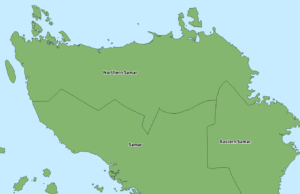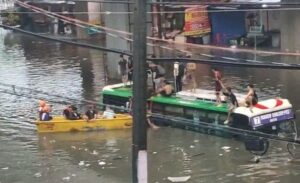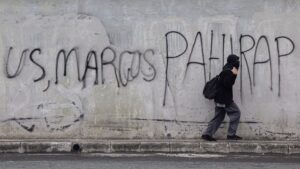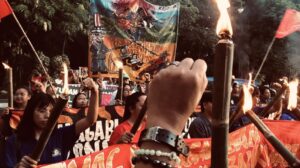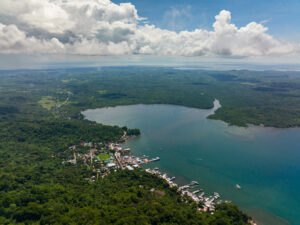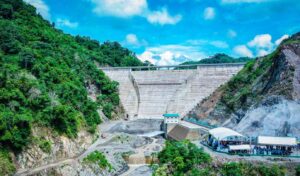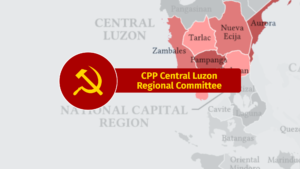Metro Manila transportation crisis reflects rotten economic system
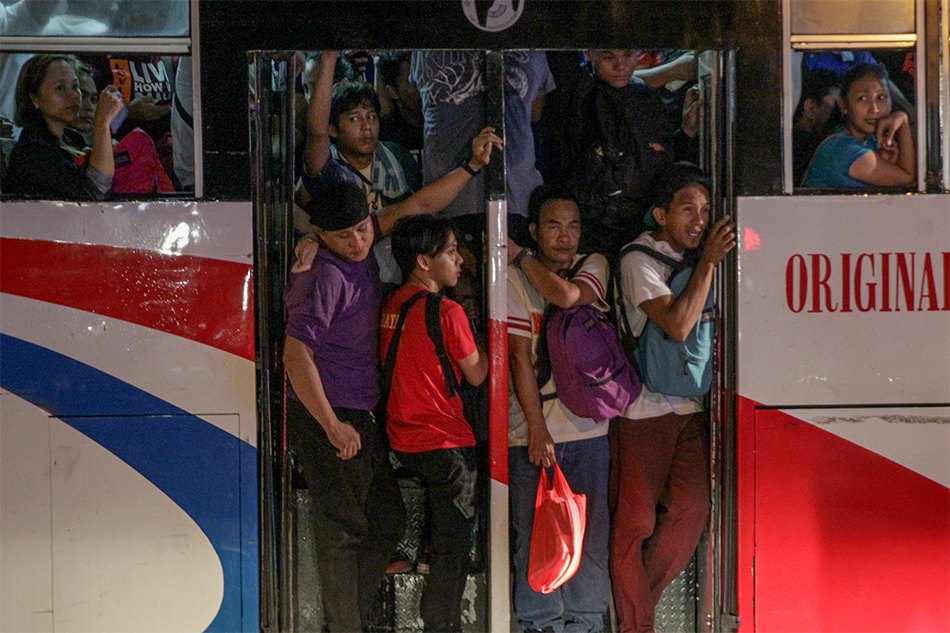
Over the past few weeks, public attention has been focused on the massive traffic problem that plagues millions of commuters in Metro Manila. This came after the breakdown of rails and public transportation systems, as well as the gridlocks in Metro Manila’s main thoroughfares.
The Duterte government has been trying to downplay the magnitude of the crisis and dodging responsibility over its failure to squarely and decisively forge solutions to the transportation problems. In the process, it has roused widespread indignation among the people. By purchasing a luxury jet for the commander-in-chief and other top military officers, the government has further rubbed salt into the people’s wounds.
Various organizations have voiced the people’s exasperation and have justly demanded the Duterte government to come up with long-term solutions to the crisis. They seek an urgent relief to the daily agony being suffered by the people, especially the masses of workers and low-income earners.
While demanding an immediate solution, the Filipino people must also understand that the transportation crisis, at the more fundamental level, is a reflection of the rotten social and economic system in the country, and can only be resolved strategically through a radical change of that system through revolutionary struggle.
Metro Manila or the National Capital Region is in a state of decay and disarray. The broad masses of toiling people suffers not only from traffic, but also from floods, homelessness, waterlessness, lack of sewers and garbage collection, air pollution and other social probelsm. This is a result of the chaotic big bourgeois real estate speculation (malls, high-rise offices and condominiums), corruption-laden government contracts for public works by whoever bureaucrat capitalist is in power and profit-driven privatization of public utilities, and dumping of surplus cars from Japan and the US. Technocrats are incapable of long-term urban planning and development.
There is no national-level economic planning to achieve balanced industrial and agricultural development and ensure the spread of economic activity. The country’s main manufacturing and commercial activities are concentrated in Metro Manila and to a certain degree to outlying provinces.
Because of the stark imbalance between urban and rural areas, particularly, between Metro Manila and the rest of the country, there is flux of migration to the national capital of large numbers of people. They are composed primarily of dispossessed peasants and masses of semiproletariat desperately seeking employment. As a result, Metro Manila is overpopulated with around 13-15 million people, with Manila City being the most congested city in the world, and nine of its other cities in the top 50.
The large army of unemployed people in Metro Manila is advantageous to big business who uses the oversupply of idle labor to press down wages. Thus, the past reactionary governments have largely ignored the problem of overpopulation of Metro Manila and its concomitant social problems.
Over the past thirty years, traffic crises in Metro Manila have been short-sightedly addressed by one public transportation infrastructure project or another, which soon after reaches overcapacity, requiring another project, and still another. First, it was the flyovers in EDSA, then the MRT along EDSA, then LRT2 along Aurora. Now, there is a flurry of proposals to solve the daily traffic gridlocks: a subway, a skyway and walkway at EDSA, a North-South ring to bypass Metro Manila, a one-way traffic flow and so on. The construction of light railways to Bulacan and Cavite — projects driven by profit, marked by corruption and burdensome terms of loan payments — will probably help ease traffic in some parts for a while, although in the long-run will also contribute to the further congestion of Metro Manila. But as before, these rails are bound to reach their capacity limits since Metro Manila continues to draw in surplus population as the country is gripped by a sharp economic slowdown, widespread joblessness and stark imbalances between the cities and rural areas.
The transportation crisis in Metro Manila cannot be solved by the IMF-trained social and economic planners who are obsessed with the neoliberal agenda of attracting foreign investors and getting the approval of credit rating agencies. These reactionary technocrats continue to bind the country’s economy to foreign big capitalists and banks, which in turn, are interested only in exploiting the country’s cheap labor and integrating Filipino workers into their international assembly line.
Upon establishment of the People’s Democratic Government on a nationwide scale, the problems of urban decay and overcongestion will be decisively addressed by implementing genuine land reform and national industrialization. There will be a plan to achieve balanced growth of industry and agriculture and narrow the gap between cities and countryside, between the national capital and the regions, and so on. There will be jobs available all over the country which will encourage population dissipation of congested cities. Surplus rural labor will be absorbed by industries spread throughout the country. Workers wages and peasant income will be raised.
Only under the people’s democratic government and through economic planning can we achieve well-distributed economic growth, and concomitantly, a balanced distribution of the population. The people’s democratic government will pay attention to developing mass public conveyances (railways for both in-city and long-distance travel). Only through such planning can we decongest Metro Manila and other cities, and thus, decisively resolve the grave traffic problems and other problems of urban decay.

